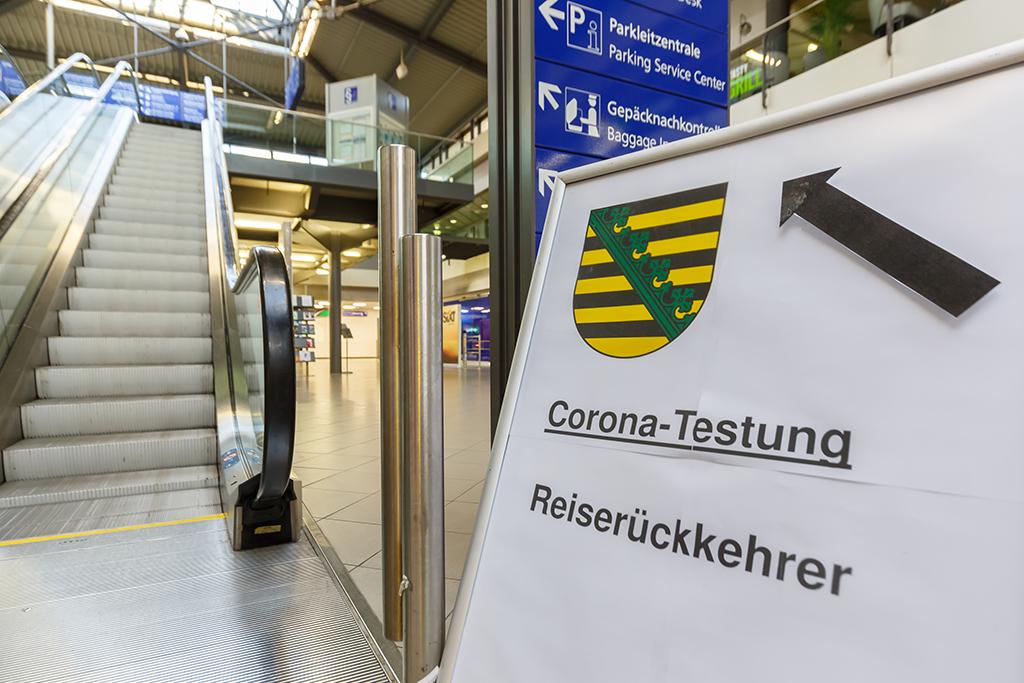
When news broke in early November that a potentially effective and safe COVID-19 vaccine could become available this year, the world smiled with hope and relief. For the air transport industry, the news provides a glimmer of hope that the air travel recovery might come within the more optimistic forecasts. But it also points to another herculean task for an industry that is already in a battle for survival: how to safely distribute a vaccine worldwide and on a massive scale.
The vaccine, developed by Pfizer and BioNTech, must be kept at extremely low temperatures and injected within a few days of being thawed. That poses an enormous logistics challenge that will likely require cold storage facilities and specialized ground transport containers on a scale beyond what is currently available. Air transport will be critical to a rapid supply chain, but if dry ice is needed to maintain the vaccine’s usability, that is also a flight hazard. This vaccine needs to be given in two doses, separated by a few weeks, meaning the entire system will need to work not once, but twice. And that’s just the beginning of complexity in what IATA has described as the air transport industry’s “mission of a century.”
To be sure, air freight and passenger airlines will pull out all stops to accomplish the mission. But the reality is that even with promising news of an early success in vaccine development, the air travel industry’s best hope of an early recovery depends on the implementation of global pre-flight testing standards.
Since the industry shifted in September from a months-long, ultimately unsuccessful campaign to get quarantines lifted toward a testing regime, progress has been better, but it is still a slow and fragmented exercise.
ICAO on Nov. 10 released an updated version of its Council Aviation Recovery Task Force’s (CART) guidelines for international air transport. New recommendations include a manual on testing and cross-border risk management that is being reviewed by the World Health Organization and which promotes the adoption of rapid testing for air travelers as a mechanism for reducing the need for quarantines.
Testing implementation may not be as huge a mission as vaccine distribution, but it is by no means easy. For international travel—the industry sector most wrecked by the pandemic and quarantines—it requires mutual recognition of each participating country’s test standards as well as worldwide sources of affordable, easily accessible and trustworthy tests.
Some airlines have not waited for government leads. In the US domestic market, airlines began offering tests to customers traveling to Hawaii, which has had a quarantine for all incoming travelers, including out-of-state Americans, since early in the pandemic. By offering tests, carriers hope to restart this vacation market. In mid-October, some US carriers expanded their pre-departure test programs to a few countries in the Caribbean and Latin America, paving the way for how international testing might ultimately become routine.
There is now also a push to get rapid testing established in the transatlantic market, particularly on routes such as New York-London and between other major US and European capitals. These initiatives appear to be gaining some traction despite virus second waves in the UK and Europe prompting returns to entire country lockdowns.
“We know the availability of COVID testing has the potential to not only give people even more confidence to fly, but also play a role in accelerating the opening of markets around the world,” United Airlines CEO Scott Kirby wrote in a staff memo.
But none of this is happening fast.
“Governments are cautious and not governed by transport ministries; they are governed by health considerations because they are fighting a pandemic. It’s not surprising that there are still questions of caution coming from authorities,” IATA director general and CEO Alexandria de Juniac said in a late October media briefing.
The longer it takes for a global system to be established—or at least for a system to take hold in major international markets—the slimmer the chances that the 2020/2021 winter schedule can be saved. A traditionally weak quarter for most airlines, and one more heavily dependent on lower-yield leisure traffic, it seems unlikely that testing will kick in to a sufficient degree by year-end to close the continuing severe cost/revenue gap that almost all airlines face well into 2021 and beyond.
But testing is still the air travel industry’s best hope for a stronger 2021, better even than the bilateral travel bubbles that are popping up between places like Singapore and Hong Kong. While bubbles are an improvement on quarantines, they are market restrictive. Testing opens up markets and boosts traveler confidence because people know that all their fellow passengers will have been tested.
The question is, once established, for how long will testing become a requirement to fly? Even the best virus vaccines are not 100% effective. Given the infection rate and deadliness of COVID-19, governments, passengers, corporations and flight crews may prefer a testing regime even after a vaccine is widely distributed. This may be especially true if rapid testing becomes as quick and non-intrusive, for instance, as an iris scan.
The industry’s not there yet, but by summer 2021 people could be thinking of a virus test as just one more travel to-do. Passport, phone, wallet, toothbrush, test? Check.
